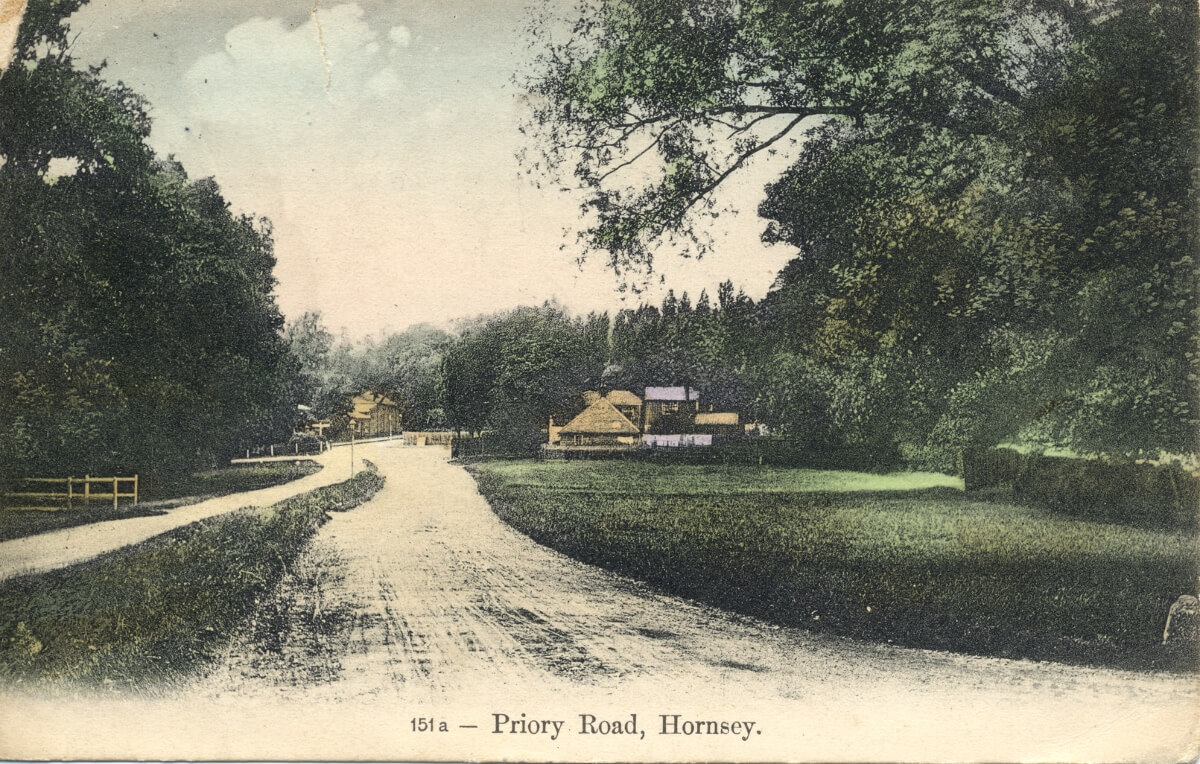

Text stroke color needs to be set in order to be interpreted as vector data.Īlthough text may look like strokes (depending on the font) generally standard fonts consist of outlines that are filled with a color. Text is a special kind of object usually defined by fill color. K40 Whisperer does not try to convert the filled portion of a shape to a vector path.ģ.

Only the stroke colors are interpreted as vector cut/engrave features.

Shapes/lines in SVG files have fill colors and stroke colors. Fill colors are not interpreted as vectors only the stroke colors for objects are converted to vector cut/engrave paths. The trace bitmap feature in Inkscape is located in the menu bar under “Path”-“Trace Bitmap”.Ģ. If you want to convert a raster image to vector engrave or cut paths you can use the bitmap trace feature in Inkscape to convert bitmap image to paths before sending the SVG file to K40 Whisperer. K40 Whisperer does not convert raster images to paths. If there is an image in the SVG file that contains blue or red the colors in the image are not recognized as a vector cut or engrave feature because the colored portion of an image is raster data not SVG path data. Blue and red colors in images are not converted to vectors. Here are a few of the common pitfalls that people encounter when reading SVG files into K40 Whisperer.ġ. A few people have experienced problems getting the red and blue lines to come into K40 Whisperer properly.

In K40 Whisperer the red and blue vector paths in SVG files are converted to vector cut and vector engrave paths respectively. This entry was posted in Laser, Programming and tagged k40whisperer on Augby Scorch. This information is partially encoded in the viewbox attribute which is added to the SVG file when either of these procedures are followed. These procedures will each result in an SVG file that contains the necessary information to indicate the real physical size intended for the SVG file.


 0 kommentar(er)
0 kommentar(er)
